We were sitting by Amy’s condo pool when a small girl arrived with her dad for a late afternoon swimming lesson, meeting her teacher in the shallow end. She was tiny and ready to go in a pink bathing suit, excited to get started. This was not her first lesson, so she knew what to expect. But, we did not! We learned to swim early, but forgot how complex “freestyle” swimming (one of the lessons of the day) is when done correctly with many steps that need to occur simultaneously to move a swimmer through the water efficiently and effectively. We were entertained as we are always fascinated watching learners in any settings.
We were amazed by the teacher’s expectations for this little peanut (who we learned was 5) and how far the teacher could push her to execute this stroke accurately: head in the water, breathe only to the side, arms out of the water – all proving very challenging for our tiny pink swimmer.
Pressure Gauge for Learners
We had a pile of books with us that day and one was Marzano’s Art and Science of Teaching. Before our tiny pink swimmer arrived, we had just been discussing Chapter 5 “What will I do to engage students?” especially the strategy of “Mild Pressure as a Stimulus for Engagement” – a concept that we love. But, we wondered, what does it really mean? When you hear “mild pressure,” perhaps you think of something applied to an injury. So, let’s consider something positive like a massage and when the masseuse asks you “How is this pressure?” If you have had a Swedish massage or a strong masseuse, you possibly know what is meant by too much. You probably also know what it feels like if the pressure is nonexistent. Some of us encourage the person to apply more because the pulled muscle is not feeling any effect. In both cases, the “wrong” level of pressure results in little positive change and perhaps a negative emotional reaction.
How can we measure pressure?
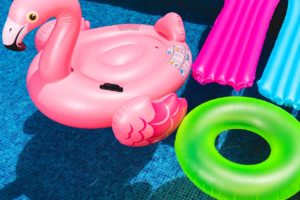 While we can easily monitor the pressure during our massage, there is no easy measurement tool for the pressure we can apply to learners. Humans do not have gauges like the ones we use for inflatable rafts or tires. Learners don’t come with labels that say “Maximum 45 PSI” to help us know what is too much.
While we can easily monitor the pressure during our massage, there is no easy measurement tool for the pressure we can apply to learners. Humans do not have gauges like the ones we use for inflatable rafts or tires. Learners don’t come with labels that say “Maximum 45 PSI” to help us know what is too much.
We can observe and understand the consequence of too much air, and with learners, we might see changed body language or effort or increased frustration, observables that tell us we have pushed a learner too far – a result we do not want.
To create positive impacts on any learner and increase efficacy, mild pressure and high expectations must be in place, coupled with high quality instructional methods. Building relationships and monitoring learning set us on the path to know what the “just right” amount is for each learner.
Mild pressure for our students takes on different forms such as rigorous daily learning targets, high expectations, feedback that promotes self-assessment, and messaging to encourage risk-taking and perseverance–all things that can be observed and supported through leader or peer feedback.
Sink or Swim – Throwing the Life Ring
Let’s get back to our tiny pink swimmer and how the teacher impacted her learning helping her reach the high expectations in place. The teacher:
- Chunked the lesson with review and new learning expecting our swimmer to build on previous learning and begin to work on new rigorous learning, backstroke.
- Provided opportunities for guided practice such as placing a hand under our swimmer and guiding her arms to build trust, confidence, and foundations.
- Provided opportunities for mastery experiences. Tiny pink swimmer had small triumphs throughout the 30-minute lesson. (Bandura)
- Provided criteria for each element and then through observation and feedback, the instructor praised consistently and celebrated success and the learner’s effort (Think Dweck). “You tried to breathe from the side!” (Everyone cheered). But importantly, she referred back to criteria and “You didn’t lift your arms out of the water” reiterating expectations.
- Applied direct, mild pressure in terms of the duration of time our learner needed to practice, but recognized when breaks were needed. Tiny got tired, but the teacher pushed her and set short term attainable goals. “You’re almost to the wall.” “If you swim to the wall, you can take a break.”
This swimming instructor obviously understands Zone of Proximal Development and 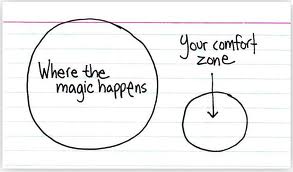 used what she understood about her learner to apply the “just right” mild pressure. She pushed her, but was careful in determining an appropriate distance from the wall that would build confidence and allow her to apply the new learning, yet not cause exhaustion or frustration.
used what she understood about her learner to apply the “just right” mild pressure. She pushed her, but was careful in determining an appropriate distance from the wall that would build confidence and allow her to apply the new learning, yet not cause exhaustion or frustration.
Heading into the Deep End
But tiny pink swimmer brought something to the pool that had been developed over time with this teacher– a willingness to persevere in the face of challenge. 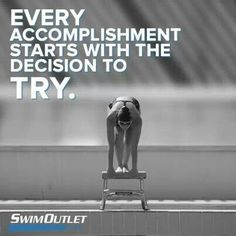 Eventually, because of this and the teacher’s high expectations along with mild pressure, she will be diving, jumping in, and swimming the length of the pool.
Eventually, because of this and the teacher’s high expectations along with mild pressure, she will be diving, jumping in, and swimming the length of the pool.
From the Starting Block
As the new school year begins, though we will spend less time by the pool, think about the lessons learned from our tiny pink swimmer. We know what is happening in our first 6 weeks in our classrooms sets the foundations to allow teachers to apply mild pressure (which learners will then apply to themselves and peers):
- How are teachers really getting to know the students as learners?
- Are students learning HOW to persevere?
- Are students hearing the message that a lesson, skill, or new strategy might be challenging but everyone is up to it?
- Are students supported through scaffolded lessons and feedback to promote learning?
- Are all students working toward high level learning outcomes?
Tiny’s dad later told us this was the second teacher they had tried who was far more successful with the new swimmer. When we asked why, dad said, “because she pushed her.”
Check out our tools for observers:
- Gauge and build your knowledge about teaching and learning with our inventory
- Improve your adaptive observation skills

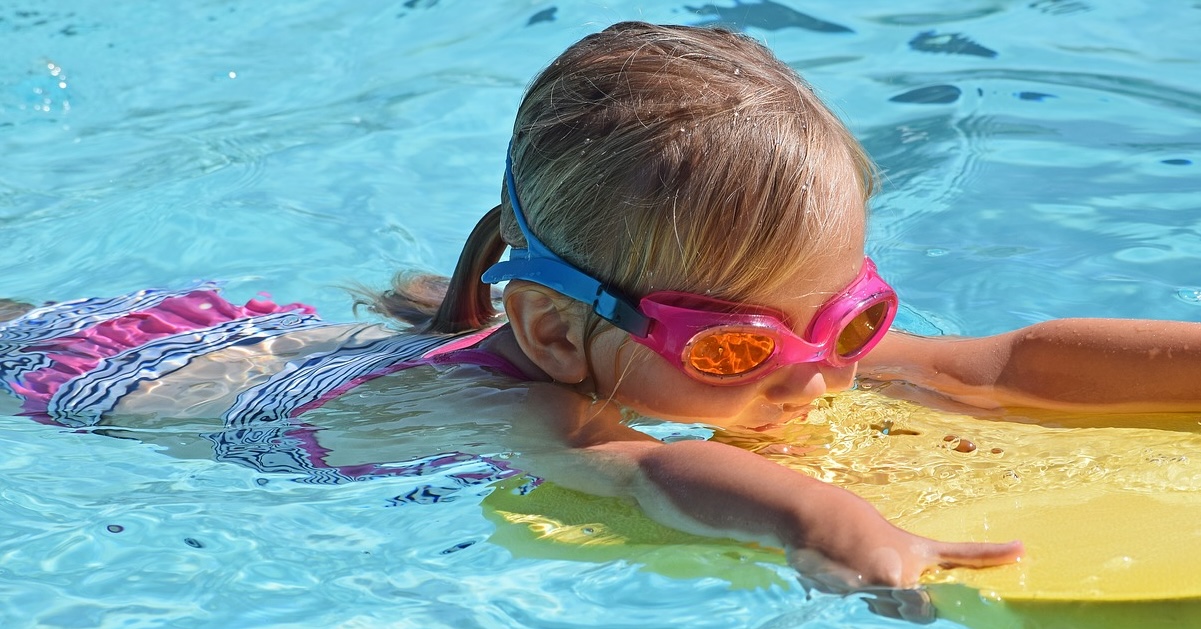


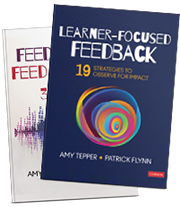
Leave a Reply